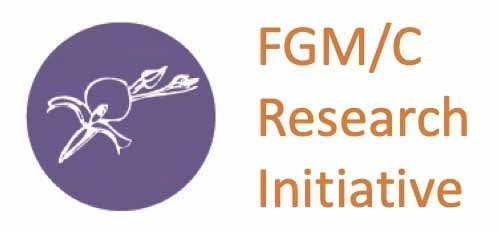Female genital mutilation/cutting (FGM/C) remains a prominent issue for achieving the Sustainable Development Goals, and in Senegal, nearly a quarter of women aged 15 to 49 have undergone the practice. This study used data from the 2005, 2010-11, 2015, and 2017 Senegal Demographic and Health Surveys to analyze changes in FGM/C prevalence, both nationally and sub-nationally, and generate evidence on where, when, and how FGM/C has been practiced in Senegal over the past 13 years. The study found that FGM/C prevalence for both women and girls declined nationally between 2005 and 2010-11, but stagnated from 2010-11 until 2017. Significant variations in FGM/C prevalence were observed by geography and socio-demographic characteristics, with some regions experiencing a decline in prevalence, while others showed an increase in rates.
The study also found that the proportion of women and girls who were cut was substantially higher in rural areas, and changes in FGM/C prevalence by ethnicity showed that the proportion of cut women reduced among certain groups, such as the Poular and Soninke, with minimal changes in prevalence among Mandingue and Diola women. The study also highlighted a clear association between high FGM/C rates and low levels of education, adherence to Islam, and lower socio-economic status.
The study also examined the impact of social norms and beliefs on FGM/C prevalence, finding that higher FGM/C prevalence is consistently associated with a woman's belief that FGM/C should continue and that it is required by religion. In addition, higher FGM/C rates were associated with a woman's justification of gender-based violence (GBV), her limited decision-making power, and work in the informal sector.
The study revealed that the proportion of women in Senegal who want FGM/C to continue only reduced minimally, and that persons providing FGM/C services are mostly traditional circumcisers. Most women and girls in Senegal who were cut experienced the procedure before their first birthday, but daughters are now cut at a much younger age than their mothers were. The findings suggest that FGM/C interventions implemented in the early years may have been more effective for national change than those implemented in later years, and demonstrate the need for targeted interventions that are sensitive to the background characteristics of the target population.
The study concludes that a broader understanding of trends and patterns of FGM/C practices is necessary to inform more effective interventions and policies to address the issue. The authors recommend a multisectoral approach that takes into account the social and cultural context of the practice, involves the community, and addresses the root causes of FGM/C, including gender inequality and the belief that the practice is required by religion. The study emphasizes the importance of continued efforts to address FGM/C in Senegal and the world.

